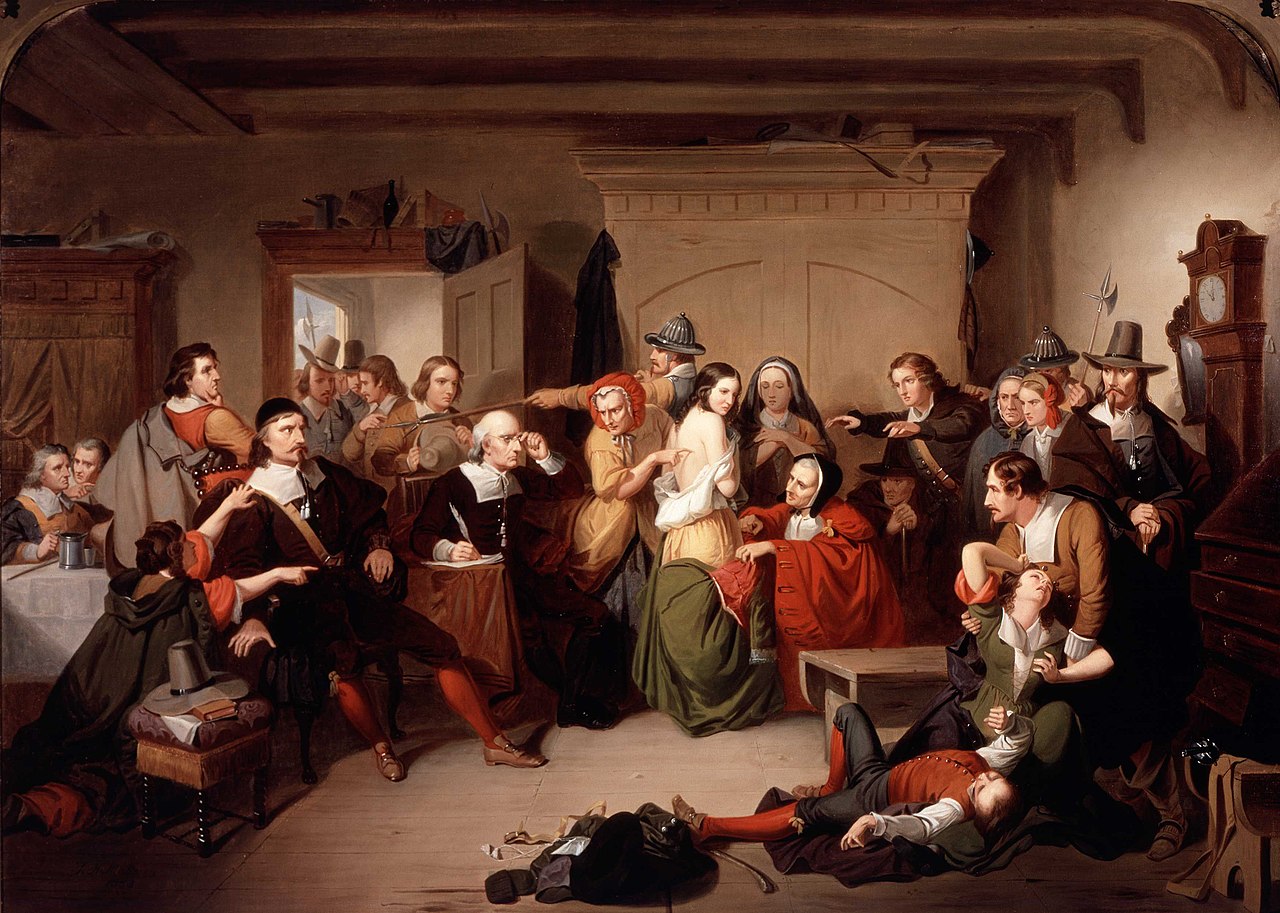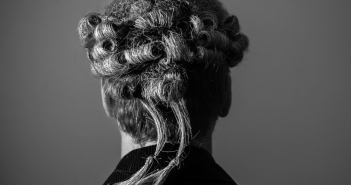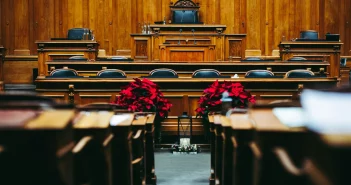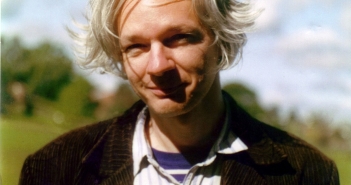I have just finished representing a client in a murder case and have plenty to reflect on about guilt and innocence. This is a two-part excursus for Cassandra Voices dealing first with why certain people are found guilty of crimes they did not commit.
The Innocence Project, with which I was involved over many years, has flagged the issue of cognitive or confirmatory bias, which often plays a crucial part in my closing speeches. The idea that we are liable to jump to conclusions based on pre-existing prejudices or our life experiences is as old as Dante or Francis Bacon.
The idea explains why in natural justice terms the aphorism: justice must not only be done but be seen to be done, cautions against a decision based on the perception of bias, including objective bias. The crucial point is to be self-reflexive and to acknowledge shades of grey. Such is the path of wisdom – esteem nuance and not dogmatism. That is how to judge or be a juror, or even an investigative police officer, and not a persecutor.
In terms of Confirmatory Bias Drs. Dror and Hampikian of The Innocence Project have demonstrated that even when experts review a DNA test, if the police disclose which is the suspect’s DNA profile, a favourable match to the evidence may be found.
In a case study they conducted, two state experts who declined to exclude a suspect had information about his background. Whereas, when that same evidence was sent to seventeen out-of-state experts at another lab – who had no information on the suspect – twelve of the seventeen DNA analysts excluded the suspect from the inquiry, four deemed the matter inconclusive, and only one agreed with the original state police lab scientists that the suspect could not be excluded.
We refer to this as confirmatory bias, and in my view it goes beyond police officers and social workers. It also seems to apply to pathology experts and forensic experts. The best are trained to understand such biases exist, and as one expert I recently cross-examined recently intimated, allow for a spectrum of doubt.
In our latest podcast Jim Sheridan discusses the Ian Bailey he knew, and explains why he was the perfect fall guy for the murder of Sophie Toscan du Plantier.https://t.co/KSml6eK3Qd#ianbailey #sophietoscanduplantier #jimsheridan#cassandravoices #podcast
— CassandraVoices (@VoicesCassandra) February 25, 2024
Leading Questions
A crucial problem emerges in the trial and investigative processes when repetitive, leading questions are asked.
Elizabeth Loftus and Maggie Bruck specialise and are associated with the Innocence Project in false memory syndrome, which is accepted as persuasive in many courts. So, for example Loftus conducted a survey familiar to lawyers as to how different participants react to how any question is framed.
An example of a leading question is illustrated by the difference between the following questions.
Question 1: At what speed did car one contact car two?
Question 2: At what speed did car one smash into car two?
The question using the verb to smash led to the witnesses seeing broken glass when there was none and to assume guilt. In short, the question was framed to achieve a particular answer. It was suggestive and leading.
A leading question the big no-no of the criminal courts, as it is used to elicit a desired answer, and build a conclusion from a premises. Unfortunately it is often employed by police officers and social workers. A barrister may attempt to lead, but is chastised if it is obvious.
Language matters and those who misuse or traduce it to achieve outcomes whether for personal, political or commercial reasons should be treated with the utmost scepticism. It is increasingly tolerated in a culture of obvious untruth and exploitation, which is now seeping into the criminal justice system.
Brains can be reduced to mush by leading and direct questions. By such mechanisms children can be led to believe that day workers slaughtered rabbits, as Stanley Schiff recently remarked in a book about the Salem Witch Trials.

Examination of a Witch (1853) by T. H. Matteson, inspired by the Salem trials.
An opinion once adopted
Francis Bacon, the great British philosopher and intellectual as well as Lord Chancellor of Britain also remarked in this context:
The human understanding when it has once adopted an opinion … draws all things else to support and agree with it. And though there be a greater number and weight of instances to be found on the other side, yet these it either neglects or despises, or else by some distinction sets aside or rejects
In rape and abuse cases such attitudes as this have spiralled out of control, particularly through the overloading of a formal accusation with endless satellite allegations, which create an overwhelmingly prejudicial effect; compounded by the admission of bad character evidence in the U.K.. This represents the over-weighting of morality to determine criminality.
Historic cases are hugely problematical, as is delay. The all too convenient idea that a victim waits donkey’s years because of suppressed memories leaves a defendant, twenty or more years later, relying on the fallibility of memory – often in the absence of documentation – to defeat allegations. When relationships break-up and partners move on and there are children involved it often opens up an unholy vista.
That is not to undermine the victims of serious crimes. But the falsely accused are also victims and their lives are often destroyed.
Conceptual closure, and stereotyping are necessary as a survival plan but not for justice. Black and white thinking leads to tick box, or slot machine justice.
Luke Sheehan explores the latest developments in the Assange Case, and is joined by barrister David Langwallner to discuss the approach of the U.K.'s High Court.https://t.co/gHTNYXJ4fb@Stella_Assange @DanielFooksArt
— CassandraVoices (@VoicesCassandra) March 28, 2024
Identification Evidence
Life of course is messy, as is the criminal justice system , and we need categories or categorisations to survive, but we must confront the problem of over-categorisation.
The legendary jurist Jerome Frank was much attuned to how the prejudice of participants in the trial process (judges and indeed jurors or witnesses) influenced decisions, and how selective recall or mistakes about facts often affected the outcome of a case.
Thus, the unpredictability of court decisions resides primarily in the elusiveness of facts and deep-seated prejudice. He wrote:
When pivotal testimony at the trial is oral and conflicting, as it is in most lawsuits, the trial. Court’s finding of the fact involves a multitude of elusive factors: First the trial judge in a non- Jury trial or the jury in a jury trial must learn about the facts from the witnesses and Witnesses, being humanely fallible, frequently make mistakes in observation of what they saw and heard, or in their recollections of what they observed, or in their courtroom reports. Of those recollections. Second, the trial judges or juries also human, may have prejudices – often unconscious unknown even to themselves – for or against some of the witnesses, or the Parties to the suit, or the lawyers. Those prejudices when they are racial, religious, political or economic, may sometimes be surmised by others. But there are some hidden, unconscious. Biases of trial judges or jurors – such as for example, plus or minus reactions to women, or unmarried woman, or red-haired woman . . . or men with deep voices or high-pitched voices.
Identification evidence or the fleeting glance is often subject to the Turnbull Warning of the dangers of same, and although safeguarded it remains troublesome.
Juries have always been swayed by advocacy, and it is, as I have hitherto written, about a dark art more akin to magic or sorcery, but even the most ingenious sorcerer cannot normally produce a silk purse from a sow’s ear. Jurors are not entirely naïve and, in my experience, do focus on the evidence, but particularly in America, hysterical prosecutors often confuse morality and criminality. That this is fuelled by excessively religious people warrants condemnation.
There are other causes of false convictions. In Ireland since 2015 when the JC Case jettisoned the exclusionary rule, allowing the police to characterise tainted evidence as inadvertence or a mistake, it created an open door for targeting and framing. The prevalence of police corruption and incompetence in Ireland recommends, in my view, a special layer of checks in addition to the DPP, before any arrest is sanctioned.
Another consideration is where an offence is far too loosely defined such as the proposed Irish criminalisation of so-called hate crimes.
I am very attuned to dealing with vulnerable people with mental health problems and drug addictions. The problem of false confessions arises when a person is interviewed often without an appropriate adult in the room, and starts to sing like a canary. Vulnerable people will confess to almost anything, often based on lack of self-esteem and incredibly short-sighted desires to get out on bail, sometimes just to go to the pub or attend a football match. Solicitors should always be present. Psychiatric reports need to be secured.
The explosive growth of social media has led to a proliferation of new crimes, such as what may be a mistaken decision to engage in a sexual role play conversation and, in that context, there is the rise in demonic entrapment, including the targeting of perceived sex offenders by vigilante groups who prepare the case for the police.
We live in an age of extremes, characterised by witch hunts, increasing executive decrees, secret laws and over-regulation. It is eminently possible to stray into a wrong place at the wrong time and be accused unfairly.
A crucial final point is to appreciates the damage caused by a false allegation. Even if a person is ultimately found not guilty, they may be traumatised for life.
I hope the Innocence Project gains more traction improving processes at the beginning of the system, rather than providing a photo opportunity twenty years later, when someone’s life has already been destroyed.
The question of compensation also arises, as in the recent Andrew Malscherk case who served eighteen years for a rape he did not commit.
But to anticipate my next article not all are innocent, and some who are guilty are assumed to be innocent. Bob Dylan’s song about Rubin Carter ‘Hurricane’ is forceful and brilliant, although it may have given a sanitised account of the accused. Not that he could have been the champion of the world but that he was always an innocent man in a living hell.




